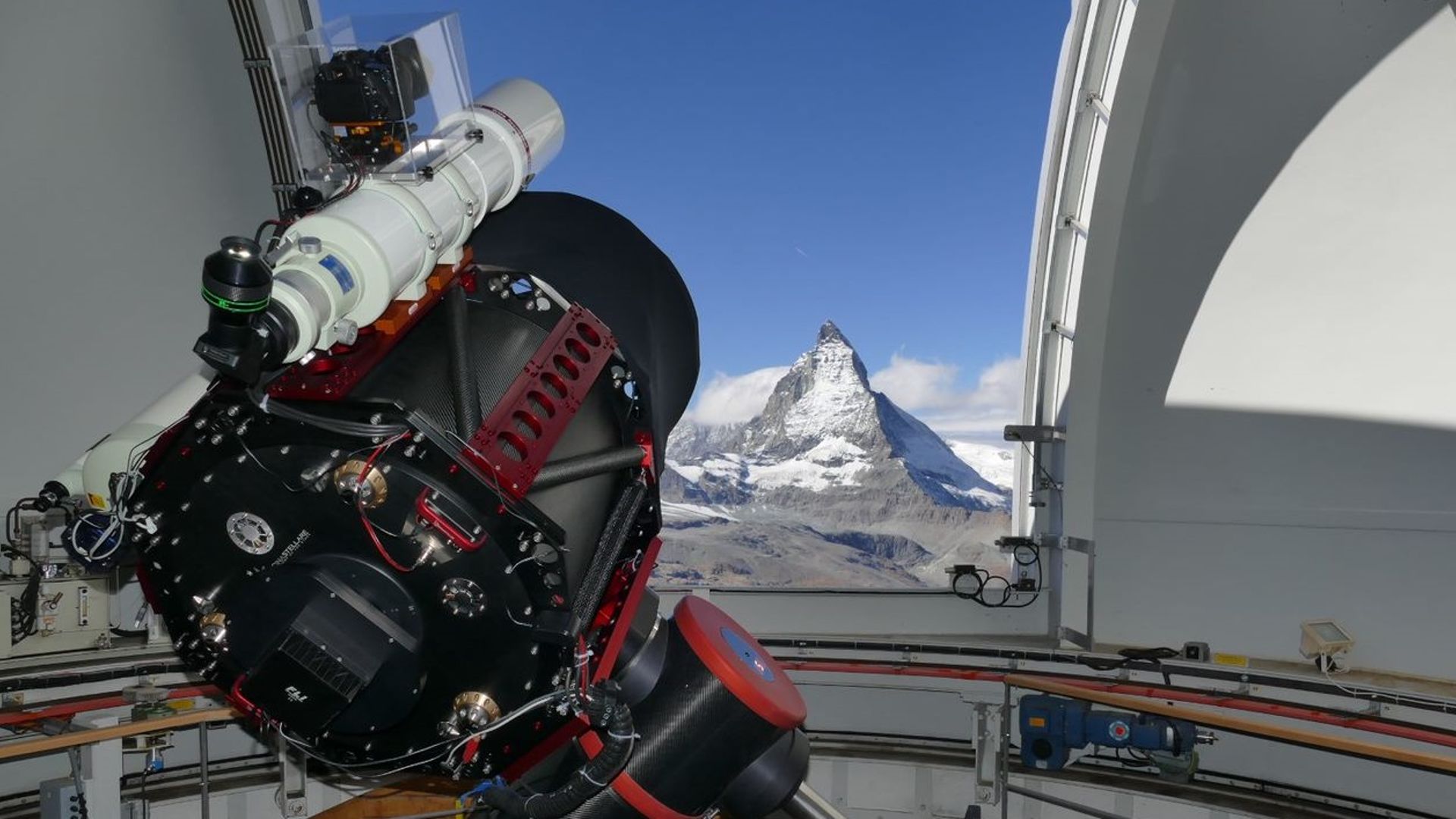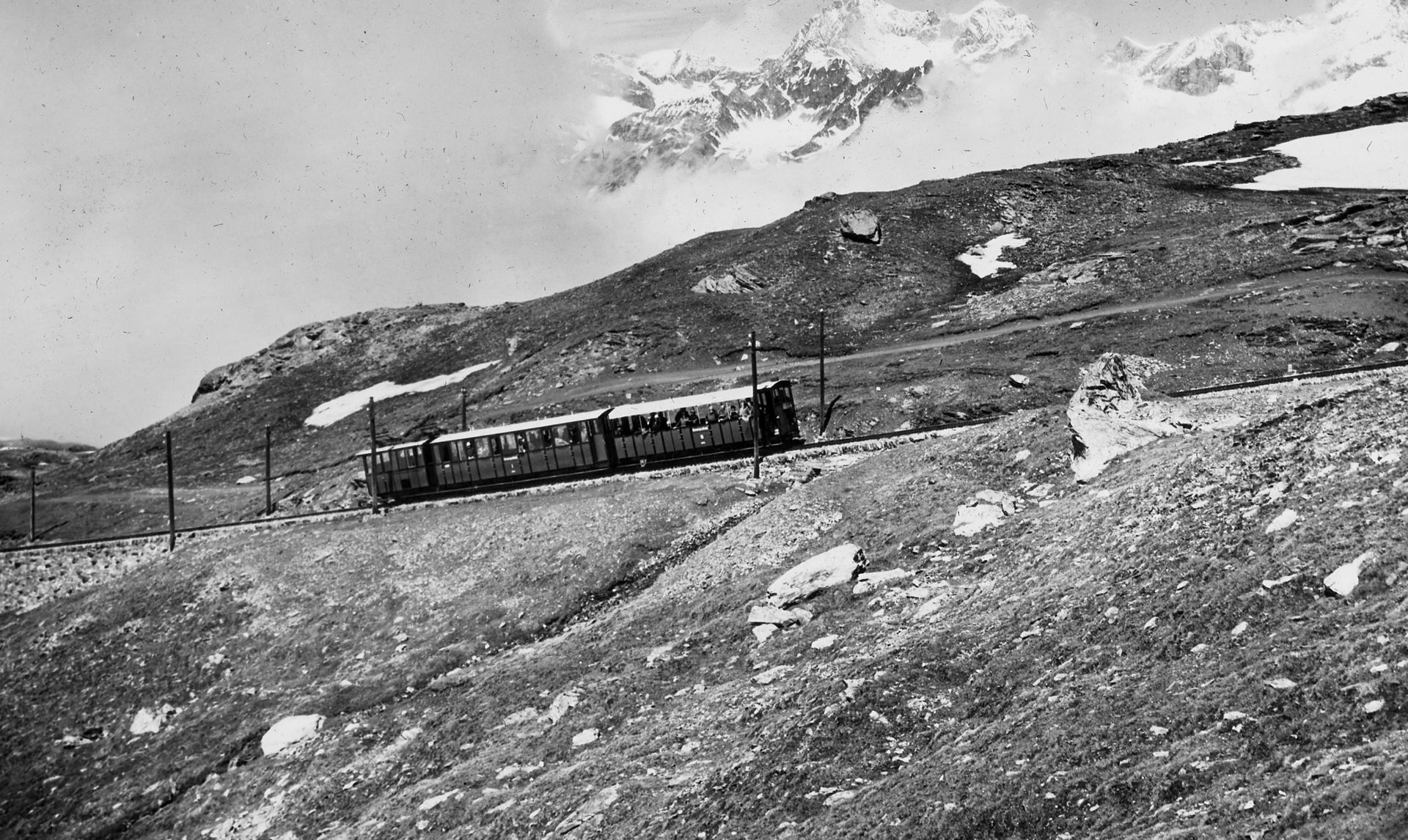Star research on the Gornergrat
Story 76
The Gornergrat is one of the best locations for astronomical observations in the whole of Central Europe. From 1967 to 2010, astronomers researched the starry sky from the two domes of the Kulmhotel Gornergrat.
Why on the Gornergrat?
The main reason for choosing the Gornergrat as the location was the global shortage of observatories up in the mountains. Here, at over 3,000 metres above sea level, large telescopes make it possible to investigate starlight with as little impact as possible from atmospheric pollution. The Gornergrat also had consistently favourable conditions for astronomical observations due to the low water content in the air, the low air pollution and good meteorological conditions. Another reason for having an observatory there was that the researchers could be reached all year round.
Expansion of the Gornergrat South Observatory
Astronomers carried out research on the Gornergrat between the late 1960s and 2010.
An important structural and technical development took place in the mid-1970s. As reported in a press release by the International Foundation for the High Altitude Research Stations Jungfraujoch and Gornergrat (HFJG), a 7.5-metre-high dome was erected on the south tower of the Hotel Gornergrat Kulm in 1976. The research society installed a high-performance 1-metre telescope in it.
In 1986, the University of Cologne, which conducted research on the Gornergrat between 1984 and 2010, replaced it with a radio telescope with a diameter of three metres.
Europe’s largest telescope in the north tower
In 1979, the University of Milan also built an observatory in the north tower, which existed until 2005. As Professor Citterio reported to the editor of the “Walliser Volksfreund” newspaper, the University of Milan installed Europe’s largest infrared telescope with a diameter of 1.5 metres there. However, the north tower is currently not in use.
Educational telescope
In 2010, the Physics Institute of the University of Cologne moved the 3m radio telescope to Yangbajing/Lhasa (Tibet) and thus discontinued research on the Gornergrat. Today, an educational telescope is in operation in the south tower. The HFJG uses it in teaching and training. Young people and students can gain their first experience in scientific research with celestial bodies via a computer science access point.
If you too would like to get an insight, you can find more information via High Altitude Research Stations & Stellarium Gornergrat.


